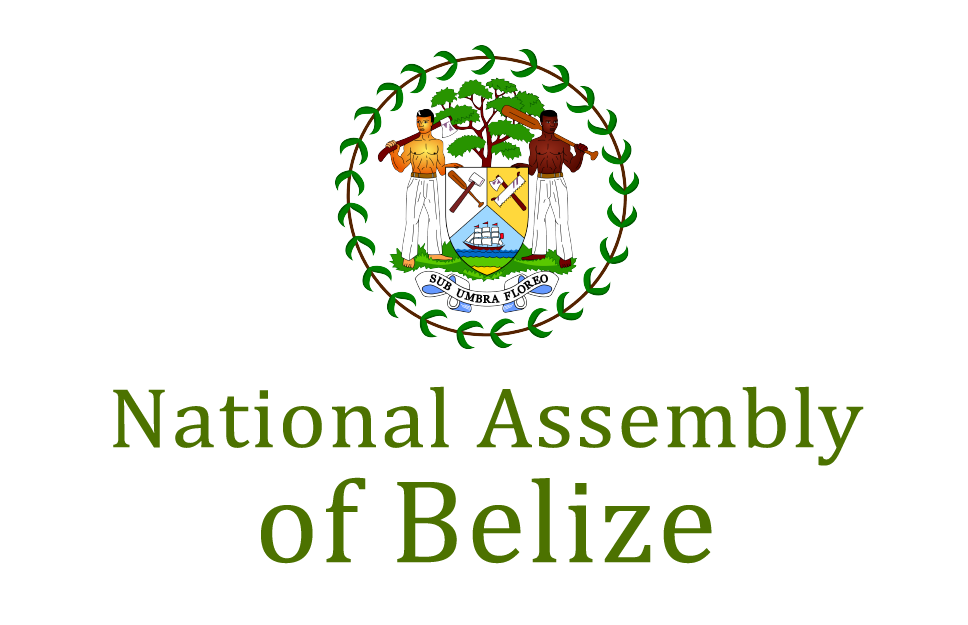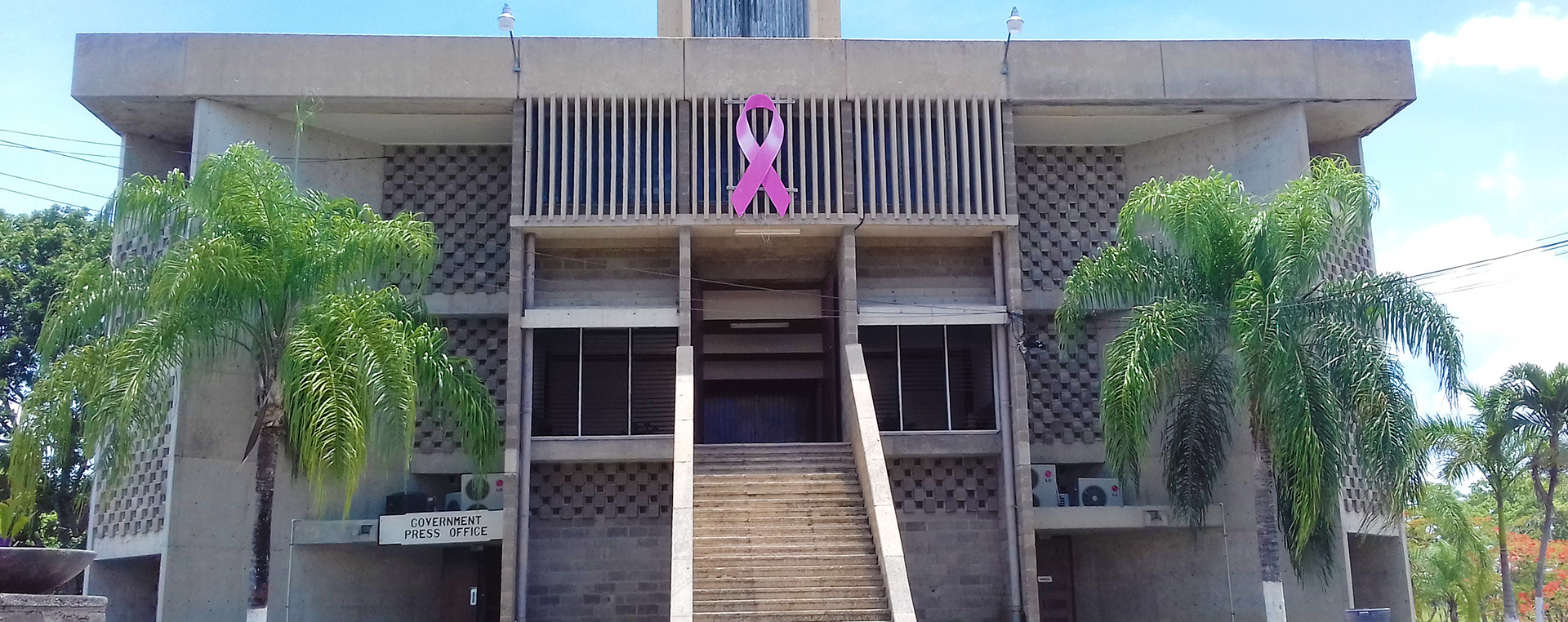History of the Legislature of Belize
After the British settled British Honduras they governed themselves under a system of public meetings where decisions were made. In 1765, Admiral Burnaby codified the settlement’s regulations known as the Burnaby’s Code which consisted of articles and regulations which aimed at preventing the theft of servants or property, and it also established systems for collecting taxes, settling disputes and determining punishment (usually fines) which continued in force until 1840 when an Executive Council was created.
In 1853 the Public Meeting System was renounced because the settlers were in favour of a Legislative Assembly. In 1854, the Legislative Assembly was officially formed, and it was presided over by a British Superintendent. The Members of the Legislative Assembly were nominated. Each Member was to have at least £400 sterling worth of property. The Superintendent had the right to dissolve the Assembly at any time, originate legislation, and give or withhold consent to Bills. Belize became a Crown Colony in 1871, and a nominated Legislative Council replaced the Legislative Assembly.
In 1935, the Legislative Assembly was reintroduced and was presided over by a Speaker. However, its Members were still nominated. In 1954, a British Honduras Constitution Ordinance came into effect on 25 March. The Ordinance provided for a new membership of the Legislative Assembly. The Members consisted of a Speaker, three ex officio Members, three nominated Members and nine elected Members. The ex officio Members were the Colonial Secretary, the Attorney General and the Financial Secretary. The nominated Members were appointed by the Governor and were of British subjects. In that same year Universal Adult Suffrage was achieved which meant that adults who were of the age of 21 had the right to vote without the qualification of being propertied.
In 1950, Belize’s political parties emerged. The political parties included the People’s United Party (PUP) in 1950 and the National Party (NP) in 1952.
On 30 April 1954, (S.I. No. 21 of 1954), Belize held its first general election. The term of elected Members was for three years. After each dissolution of the Legislative Assembly by the Governor, elections had to take place within four months immediately thereafter. The People’s United Party was successful in the first general election. The Members who were first elected were Mr. George C. Price, Mr. Phillip S. W. Goldson, Mr. Herman Jex, Mr. Jose Leon Chang, Mr. Leigh I. A. Richardson, Mr. Enrique De Paz, Mr. Nathaniel Cacho, Mr. George Flowers and Mr. Charles Westby, who was a Member of the National Party. The first session of the Legislative Assembly was held on 18 June 1954 in the Assembly Chamber in Belize City. The term of office for an elected Member was three years but in 1962 it was extended to three years and six months.
In 1955, the Quasi-ministerial System was introduced, and George Price became Associate Member for Natural Resources. In 1961, the Ministerial System was introduced, and Mr. George C. Price became the First Minister. In 1963, British Honduras gain full internal self-government. This step was a way forward for the colony to eventually gain independence. That same year, in 1963, a new British Honduras Constitution was also passed. The Constitution came into effect on 31 December 1963. The Legislative Assembly was renamed National Assembly, and it comprised of two Houses: House of Representatives and Senate. The House of Representatives was presided over by a Speaker, and the Senate was presided over by a President. The composition of the Senate were as follows: five appointed by the Governor on the advice of the Premier; two appointed on the advice of the Leader of the Opposition; and one appointed by the Governor after consultation with such persons as he may consider appropriate.
On 9 October 1970, the National Assembly was inaugurated in Belmopan with a Joint Sitting. An Ordinance was passed to change the name of the Colony of British Honduras to Belize. This came effective on the first day of June 1973. (No. 13 of 1973) With an amendment to the Ordinance in 1978 it changed the criteria of voting in Belize. An identification card system was introduced, and the eligibility for voting was brought down from 21 to 18 years.
In 1981, Belize gain independence from Great Britain under a new Constitution with the Queen as the titular Head of State represented by a Governor-General. The composition of the elected House of Representatives under the independent Constitution changed from 18 to 28 seats, and the term of office was increased to five years.
In 1993, the Representation of the People Act was amended to change the composition of the elected Members of the House of Representatives from 28 to 29 Members. Following the enactment of the Belize Constitution (Fourth Amendment) Act, 2001, the number of Members in the Senate was increased from 8 to 12 Senators.
In 2005, an amendment to the Representation of People Act (No. 11 of 2005) increased the number of elected Members from 29 to 31. Presently the House of Representatives has 31 elected Members.
Since this is the tenth House of Representatives and the eleventh Senate since Belize attained self-government and marks the sixth change of Government since independence, Belize has come a long way to where it is now. The Parliament of Belize is wholly charged with responsibilities to make laws for peace, order and good governance of Belize as provided for in the Constitution.

